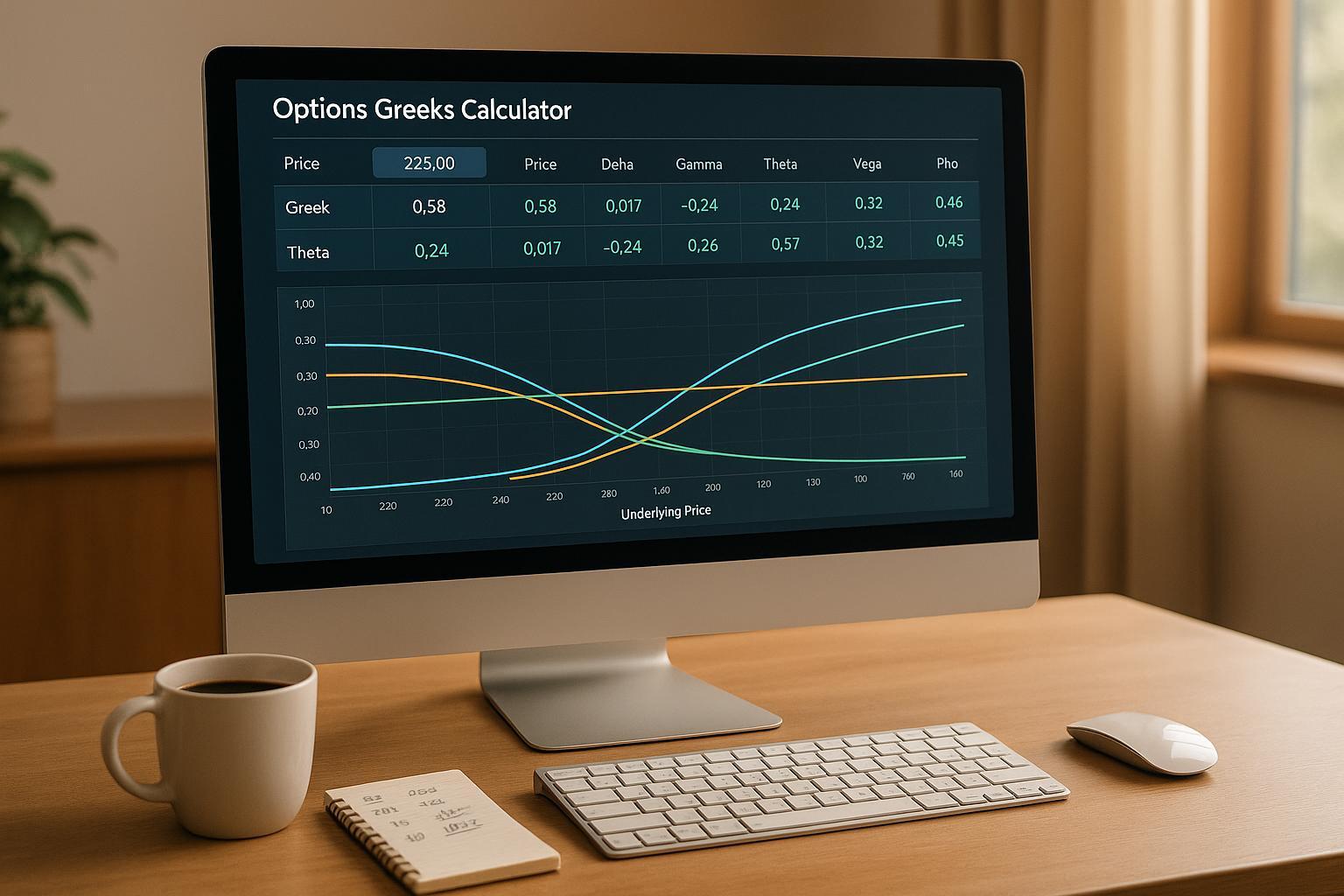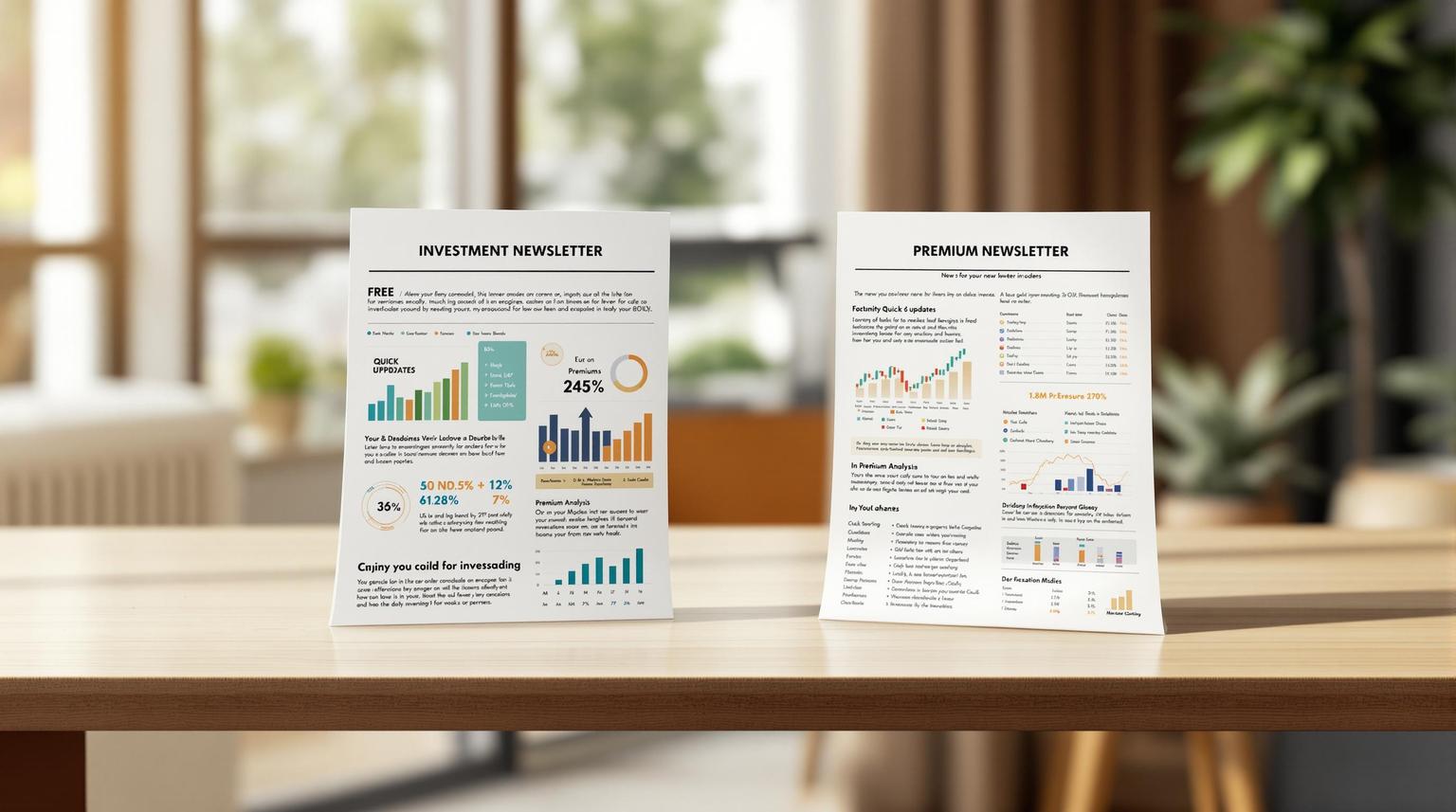Investing in financial markets often requires balancing technical analysis, strategic planning, and effective execution. In a recent session on managing option trades and layering buy-stop orders, Kevin Horner provided an in-depth look into advanced strategies, offering actionable insights for investors aiming to refine their approach. This article dissects the key lessons and expands on the core principles shared, equipping investors with a clearer understanding of trade execution and portfolio management.
Understanding Buy-Stop Orders and Their Relevance
A buy-stop order is a trading strategy where an investor sets a specific price point, above the current market value, at which to automatically purchase a security. This approach is particularly effective in volatile markets or when capitalizing on breakouts and momentum-driven movements. Kevin Horner emphasized the tactical use of buy-stop orders to manage risk while exploiting bullish trends, a strategy that resonates strongly with investors who aim to let the market come to them.
How to Layer Buy-Stop Orders
- Identify Key Price Levels: Start by pinpointing critical technical levels on the chart, such as moving averages or Fibonacci retracement lines. These levels often indicate areas of support or resistance.
- Set Trigger Points Above Market Price: For buy-stop orders, select points slightly above recent highs to confirm strength and reduce the risk of false breakouts. For example, if a stock's intraday high is $66.73, placing a buy-stop at $67.40 ensures the stock demonstrates bullish momentum before entry.
- Diversify Entry Levels for Scalability: Layering buy-stop orders at incremental levels allows traders to scale into positions gradually. For example, an investor may place separate buy-stop orders at 1% above today’s high and another at 1% above a breakout level, such as $69.70.
- Incorporate Stop-Loss Strategies: Protect capital by setting stop-loss orders below recent support levels, such as today’s low minus a small buffer. This ensures risks are capped in case the trade moves unfavorably.
- Use Time-Sensitive Triggers: Consider setting buy-stop orders with daily validity to reassess market conditions if the trade doesn’t trigger immediately.
Example: Buy-Stop Execution on Hologic (HOLX)
Horner illustrated the use of buy-stop orders with Hologic, a stock presenting a compelling setup. The stock tested its 50-day moving average and displayed bullish momentum. A strategic plan involved:
- First Buy-Stop: Placed at $67.40 (1% above today’s high of $66.73).
- Second Buy-Stop: Positioned at $69.70 (1% above $69 resistance).
- Stop-Loss: Set at $65.58, slightly below today’s low of $65.83.
This layered approach ensures disciplined entries while aligning with technical indicators, such as the crossing of the 50-day moving average above the 200-day moving average.
Managing Options: Risk and Reward Balancing
Options trading provides advanced investors with unique leverage opportunities but also introduces higher risks. In the session, Horner explored a hands-on example with CrowdStrike (CRWD), employing a long call vertical spread to capitalize on bullish price action.
CrowdStrike: Strategic Option Trade Example
CrowdStrike exhibited a strong bullish engulfing candle, signaling potential upside after significant volume following earnings. Traders leveraged this momentum through a defined vertical spread:
- Long Call Vertical Spread: A combination of buying a call option at a lower strike price (e.g., $430) and selling a call option at a higher strike price (e.g., $460).
-
Rationale for Strike Prices:
- The $430 strike was chosen for its higher delta, increasing sensitivity to upward price movements.
- The $460 strike was set as a profit target, reflecting a realistic near-term resistance level.
-
Risk vs. Reward:
- The cost of the spread was $14.50 per contract, with the potential to earn $30 if the stock closes above $460 by expiration.
- Risk was limited to the initial outlay of $14.50, while the potential reward was $15.50, creating a nearly 1:1 risk-reward scenario.
By aligning technical analysis, such as Fibonacci retracements and moving averages, with options strategy, this plan optimized the balance between capital risk and profit potential.
Portfolio Management: When to Adjust and Exit Trades
Effective portfolio management requires regular review and adjustments. Horner demonstrated this using existing trades in stocks like Apple (AAPL) and Western Digital (WDC), focusing on timing exits and raising stop levels.
Apple (AAPL): A Balanced Approach
- Setup: Entered after a breakout from resistance, the stock showed continued bullish momentum.
- Decision Point: Leave the stop-loss at $220 to allow the trend to develop further, while maintaining a profit target of $239.58.
- Rationale: Raising the stop prematurely could lead to an early exit before the uptrend fully materializes.
Western Digital (WDC): Managing Option Spreads
- Current Position: A $5 long call vertical spread with a $200 unrealized profit.
- Sell Strategy:
- Target a limit price of $3.50 to lock in gains.
- Alternatively, let the spread maximize its full $5 value for an additional $100 potential profit.
- Consideration: With two weeks until expiration, locking in partial gains was deemed prudent to mitigate time decay and volatility risks.
Key Takeaways
- Layering Buy-Stop Orders: Set buy-stop orders above key technical levels to confirm momentum and avoid false breakouts.
- Strategic Use of Options: Employ vertical spreads to cap risk while maximizing reward potential, particularly in trending stocks.
- Technical Indicators Matter: Incorporate moving averages, Fibonacci retracements, and volume analysis to reinforce trade decisions.
- Disciplined Portfolio Management: Regularly review stop-loss levels and profit targets, balancing caution with the ability to let winners run.
- Leverage Risk-Reward Ratios: Opt for trades with favorable risk-reward dynamics, such as 1:1 or better, to sustain long-term profitability.
Conclusion
Navigating today’s complex markets requires a combination of technical acumen, strategic foresight, and disciplined execution. Whether layering buy-stop orders for controlled entry or managing option spreads with precision, the insights shared in this session provide valuable guidance for investors seeking to optimize their trading performance. By focusing on robust planning and adaptability, traders can turn market opportunities into consistent gains while limiting risks.
This article underscores the importance of using tools like buy-stop orders and option strategies to build a flexible and resilient approach to trading. For institutional and retail investors alike, these strategies can serve as a foundation for achieving greater investment success in dynamic markets.
Source: "An Example of Layering Buy Stop Orders | After the Close | 8-28-25" - Trader Talks: Schwab Coaching Webcasts, YouTube, Aug 29, 2025 - https://www.youtube.com/watch?v=b98AAHA8UOk
Use: Embedded for reference. Brief quotes used for commentary/review.



